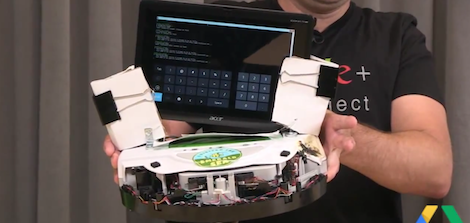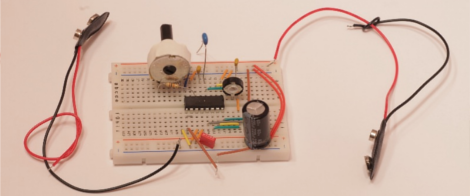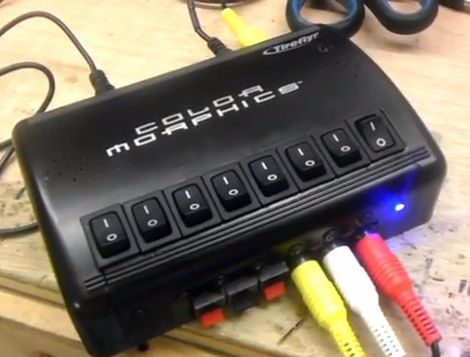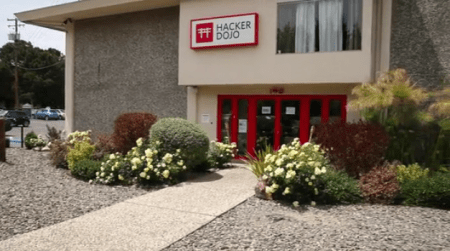
In 1975, [D. L. Slotnick], CS professor at University of Illinois at Urbana-Champaign faced a problem: meteorologists were collecting a lot more data than current weather simulations could handle. [Slotnick]’s solution was to build a faster computer to run these atmosphere circulation simulations. The only problem was the computer needed to be built quickly and cheaply, so that meant using off-the-shelf hardware which in 1975 meant TTL logic chips. [Ivan] found the technical report for this project (a massive PDF, you have been warned), and we’re in awe of the scale of this new computer.
One requirement of this computer was to roughly 100 times the computing ability of the IBM 360/95 at the Goddard Institute for Space Studies devoted to the same atmospheric computation tasks. In addition, the computer needed to be programmable in the “high-level” FORTRAN-like language that was used for this atmospheric research.
The result – not to overlook the amazing amount of work that went into the design of this machine – was a computer built out of 210,000 individual logic chips at a total cost of $2.7 Million dollars, or about $10 Million in 2012 dollars. The power consumption of this computer would be crazy – about 90 kilowatts, or enough to power two dozen American houses.
We couldn’t find much information if this computer was actually built, but all the work is right there in the report, ready for any properly funded agency to build an amazingly powerful computer out of logic chips.















